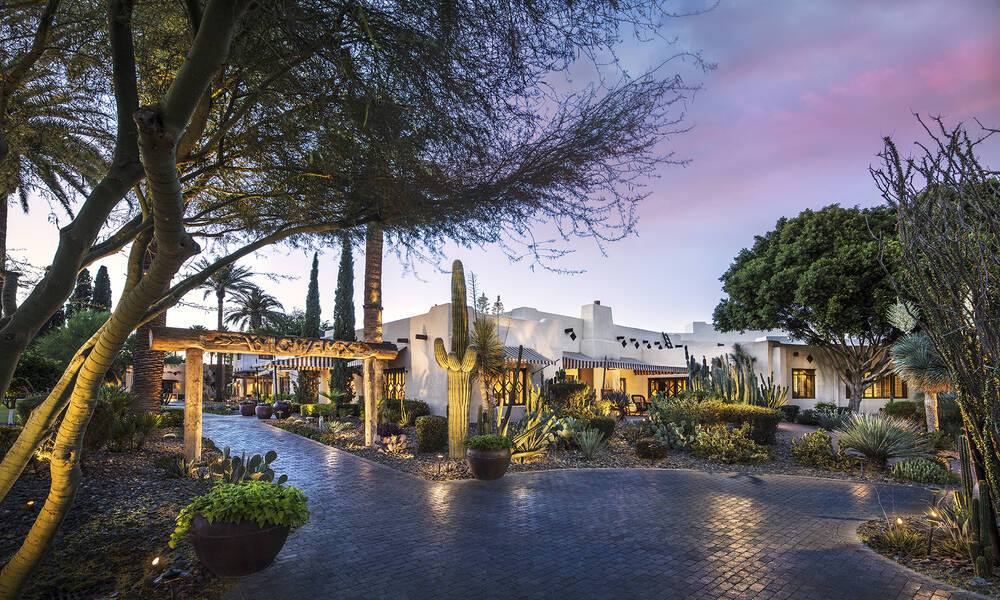
With A Heightened Focus on Safety, Small Meetings Zero In On Shifting Sentiments & Priorities
As factors change for in-person attendees, resorts are helping planners deliver.
Association meeting planners must always demonstrate a meetings’ legitimate business purpose. But now, it’s more important than ever to show the value given the coronavirus pandemic has changed the face of travel. In this climate, choosing to meet is not merely about the good of the company, but also a matter of employee welfare and public health. Meetings and travel are under additional scrutiny, both internally and as a matter of public perception. The result? Tougher decisions.
Associations that decide to meet in person must be well prepared to justify those decisions with proof of return on investment in dollars, or other key measures of success—such as exposure to critical face-to-face connections that can’t be made virtually.
“ROI is everything, and even more so now and as we move into the fiscal restraints organizations will likely face next year,” says J. Green, vice president of sales and marketing at Phoenix’s The Wigwam resort. “But face-to-face meetings are always going to be more inspiring and more impactful.”
Phoenix is currently open for private meetings, and as a GBAC star-accredited resort, The Wigwam has proven the success of its safety precautions and cleaning protocols. Here, Green explains how destinations are helping planners and association executives deliver results and attendee satisfaction in innovative and safe ways.
Fundamentals First
In a rapidly changing time, it’s easy to get distracted by details. But while COVID-19 has changed the mechanics of the meeting industry, it has not changed the fundamental elements that make a meeting successful—such as atmosphere, amenities and human connection.
Of course, right now safety is the ultimate priority—and The Wigwam adheres to the highest standards. But Green explains that the resort’s approach is to maintain those protocols “while preserving the experience, the culture, the friendliness, and the vibe you get when you’re at a meeting at a world-class resort.”
Overall, he says, ”businesses are based on relationships, and relationships are more important than they ever have been—people are just starving for that. The pandemic is showing us how to make meetings efficient, effective and engaging.”
Personalized Approach
More than ever, successful meetings must create extensively personalized options to meet the needs—and specific concerns—of groups and individual guests alike. (And the new smaller-scale attendee counts make it more feasible to provide close personal attention.)
“Everyone has a different approach to this pandemic and the virus, so you’ve really got to ask great questions and listen to what the group is going to need. If the group has someone who’s not the most comfortable traveling, how can we really welcome them and make them feel comfortable?” Green says. “You must be ready to customize everything. I’ve worked in this industry for 25 years and never have I worked in an environment where everything has [been] so customized.”
Trends and Innovations
In COVID-19 times, meetings provide an opportunity for attendees to work from a hotel or resort for a longer-term stay. With far fewer people required to be in-person at the office during the work week—for the time being—meetings also allow attendees to change their work-from-home scenery, and even swap it out for an extended stay in a new climate.
“Guests who travel are going to come earlier and stay longer, so you have to offer a lot of variety in the amenities that you’re giving them,” Green says. The Wigwam has 40 acres and 50,000 square feet of lighted, outdoor venue space, with vast natural resources to provide safe options. “Being outside and hearing nature really heightens your senses, and your engagement in the meeting.”
Additionally, Green explains that the pandemic accelerated meetings’ trend toward wellness offerings, including healthy culinary selections and access to outdoor activities. “We’ve found it’s just such a growing component of travel,” he says, noting that the Arizona desert has long drawn people seeking a healing climate and landscape. “We put some really cool wellness components together with meditation, and sunrise and fireside yoga—stimulating the senses is what people want. And there are ways to do it safely.”
For more information on how to plan your next meeting in Phoenix, contact Visit Phoenix at visitphoenix.com/meetings.
(Visit Phoenix)





